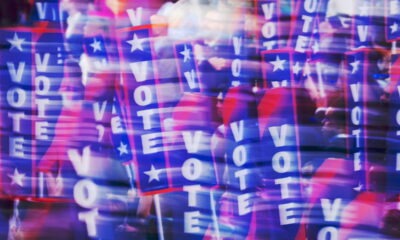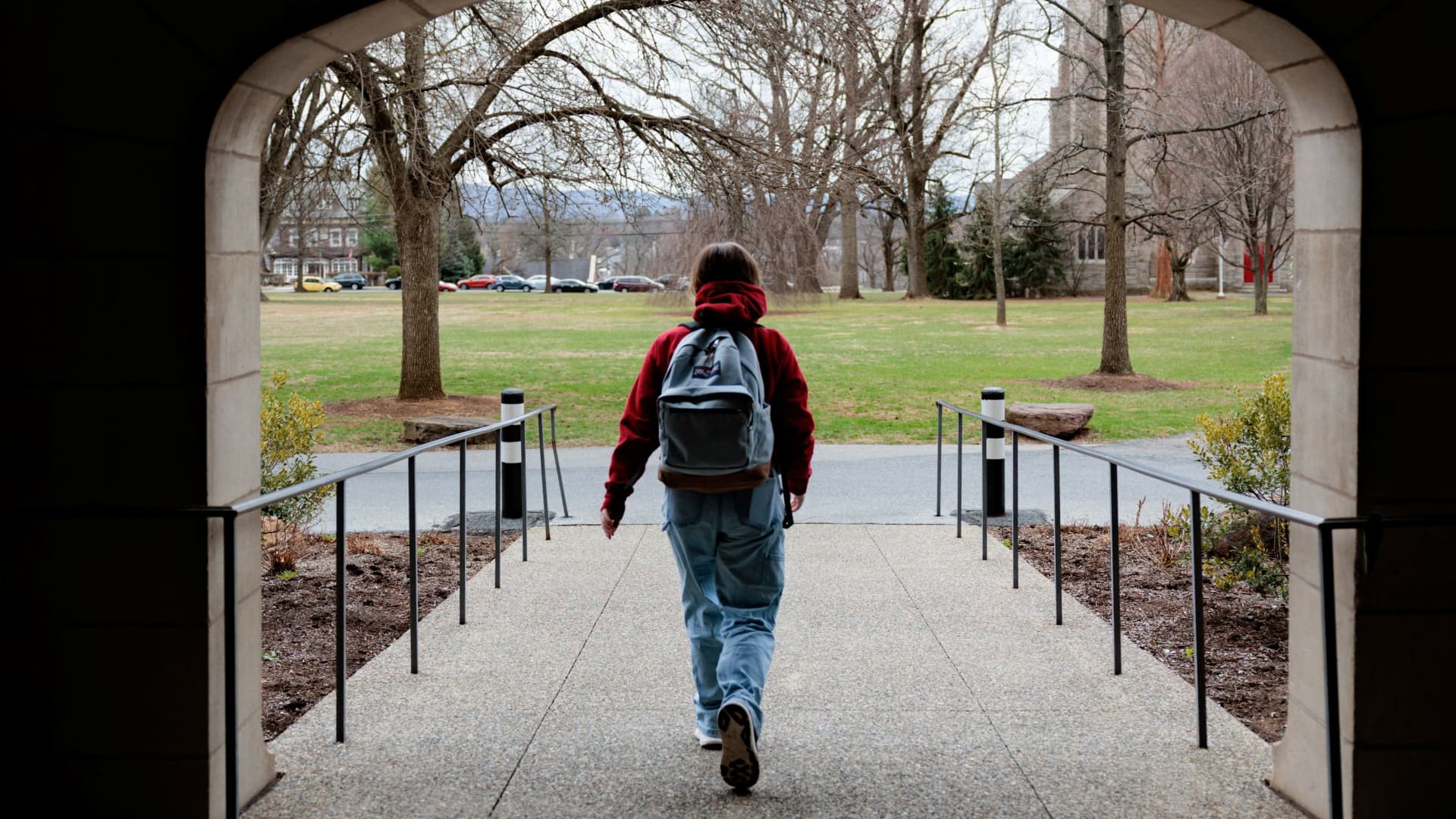Fertnig | E+ | Getty Images
Just weeks after announcing a 100% withholding rate on new overpayments of benefits, the Social Security has slashed the rate down to 50% for certain beneficiaries.
Yet that clawback on monthly benefit checks may still cause a financial burden for individuals who are affected, experts say.
For new overpayment notices sent on or after April 25, the 50% default withholding rate will apply to so-called Title II benefits, which include retirement, survivors and disability insurance, according to an emergency message released by the Social Security Administration.
The withholding rate for Supplemental Security Income benefits remains 10%.
More from Personal Finance:
Should you wait to claim Social Security? Here’s what experts say
Americans more worried about running out of money in retirement than dying
Nearing retirement? These strategies can protect from tariff volatility
“Obviously, it’s better not to lose all of your income,” said Kate Lang, director of federal income security at Justice in Aging, a national organization focused on fighting senior poverty.
“But if you’re relying on your benefits to pay your rent or your mortgage and buy food, losing half of that income is going to be devastating and can still result in people becoming homeless,” Lang said.
How beneficiaries end up owing Social Security
Beneficiaries may owe the Social Security Administration money due to overpayments — when their monthly benefit checks are more than what they are owed. The erroneous payments can happen for a variety of reasons, such as if a beneficiary fails to report a change in their circumstances to the agency or if the agency does not process information promptly or enters errors in its data.
When the Social Security Administration determines a beneficiary has been overpaid, a notice is sent to request a full and immediate refund, according to the agency.
Beneficiaries typically have 90 days to request a lower rate of withholding, a reconsideration or waiver of recovery. If they do not make such a request within that 90-day window, the agency will withhold up to 50% of their benefits until the sum of the amount that was overpaid is fully recovered, according to the agency’s update.
The Social Security Administration had previously announced that it would increase the default withholding rate for overpayments to 100%. Under President Joe Biden’s administration, the default withholding rate had been dropped to 10% of a beneficiary’s monthly benefit or $10 — whichever was greater. Generally, the rate beneficiaries are subject to is based on the terms at the time they were notified.
“In the last 100 days, we’ve gone from as low as 10 [percent] to 100 and now to 50,” said Richard Fiesta, executive director of the Alliance for Retired Americans.
The 100% withholding rate was “ridiculously draconian and cruel,” Fiesta said. The Social Security Administration had said the change to that full recovery rate would generate about $7 billion in program savings in the next decade, based on estimates from the chief actuary.
Yet even with the default withholding rate cut in half, beneficiaries may still struggle financially.
“Losing 50% [of benefits] for a lot of people could put them into immediate economic hardship,” Fiesta said.
In most cases, it wasn’t the beneficiary’s fault that they were overpaid, Fiesta said. “They shouldn’t be put in a worse situation because of something they never caused in the first place,” he said.
‘A lot of discretion’ in negotiating repayment terms
While beneficiaries do have the ability to negotiate the payments, there is no guarantee they will be successful and the outcomes may vary, according to Lang.
“There are thousands of employees that individual beneficiaries are going to be dealing with to ask for a waiver or ask to negotiate a different repayment rate,” Lang said. “And those employees have a lot of discretion in what they decide.”
Beneficiaries who are dealing with overpayment issues also face long wait times to make an appointment to visit a Social Security Administration office, which can interfere with their ability to exercise the options available to them, she said.
The Social Security Administration did not respond to CNBC’s request for comment.


 Economics1 week ago
Economics1 week ago
 Economics1 week ago
Economics1 week ago
 Personal Finance1 week ago
Personal Finance1 week ago
 Economics1 week ago
Economics1 week ago
 Finance2 days ago
Finance2 days ago
 Personal Finance1 week ago
Personal Finance1 week ago
 Finance1 week ago
Finance1 week ago
 Personal Finance1 week ago
Personal Finance1 week ago











